Residential Solar Project of the Year 2021: Pai Pai Families
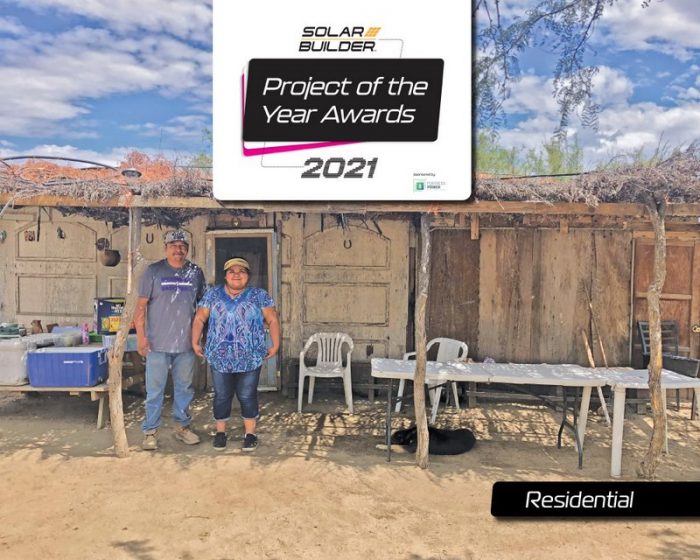
Santa Catarina, Baja California, Mexico | 5.7 kW
Our Projects of the Year typically highlight an innovation, economic impact or construction challenge overcome. The Residential Project of the Year for 2021 is a reminder how powerful the absolute basics of solar power can be. Just pairing one panel with one inverter and one battery can change lives.
GRID Alternatives needs no such reminder because helping disadvantaged communities access affordable renewable energy is what it does.
Developer / Contractor: GRID Alternatives
Modules: AU Optronics
Inverters: Morningstar
Batteries: Trojan Battery
Mounting: SnapNrack
In June 2021, GRID Alternatives installed 285-W solar PV systems on 20 off-grid homes in the multiethnic community of Santa Catarina in Baja California’s Sierra de Juárez mountain range. This is home to the Pai Pai, an indigenous group, traditionally a hunter-gatherer society known for their pottery, basket weaving and knowledge of medicinal plants. The modern Pai Pai people have maintained their traditional knowledge and now they make a living raising livestock, working on ranches or selling crafts.
Many indigenous communities in Baja California, Mexico, have been left out of infrastructure development projects, leaving families and entire communities without power or water in their homes. Battery-based solar systems have made a dramatic impact on the quality of life for this community of Santa Catarina. These 285-W systems provide reliable electricity to 20 families. The solar + battery setup helps families read and study at night, charge cell phones, use kitchen appliances and have better access to news, communication, entertainment and income-generating opportunities.
This community in Santa Catalina has a public center that’s close to the highway and pulls electricity from the grid. This was set up in the ‘80s. A few houses are connected to the main grid and have much of the cost subsidized but still struggle. “The bill is low, but the level of income is still lower than that,” Valdez says.
The families set back from that center, though, are not grid-connected. Thanks to a government program that built small concrete homes, they do have outlets and connections for lighting. This helped with the installation.
Getting it done
Gustavo Valdez, Mexico project manager for GRID, has been coordinating volunteers, partnerships and funding in the area since GRID opened its Mexico office four years ago. A hurdle Valdez faced at the outset was knowing where to even begin. He started at a government agency that oversees indigenous affairs.
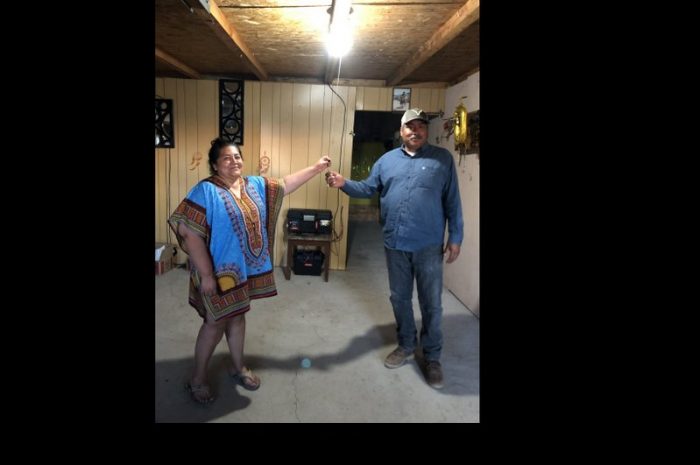
“The concept of indigenous people in Mexico … it’s a gray area. People could take advantage of them,” Valdez says. “I started at the government for my own peace of mind. Who can give me a good orientation of where people are, how many there are and their level of need? Instead of just knocking — ‘hey do you want solar?’ That won’t work”
Mexico has a new federal government in place now than when GRID opened that office, and they “seem to be more welcoming than the agency before,” Valdez says.
“We approached them as an American nonprofit organization and explained we make solar energy accessible for those who will benefit most from that technology. They liked what we had to say.”
The Pai Pai project came about almost by happenstance, as their community leader was walking by as this conversation was happening back in 2018. “The director pointed to her and said ‘let’s start with her community, she’d be great.”
It took until 2020 to secure funding from the Alstom Foundation, and installation was set for May that year, and, well, you know the rest.
“Then COVID hit,” Valdez says. “The border crossing was a factor, plus, we are a California nonprofit. No traveling for anyone, so no outreach efforts. Supply was difficult. We had no volunteers. A year later we got back on track with a complete different process. We were visiting the community cautiously, this indigenous community with us Americans —just three workers. It wasn’t faster; it wasn’t better, but we got it done.”
Valdez reiterates that the installation is only part of their work at GRID. They educate them on solar energy in general and how they can make the best, safest use of the system. They are also sure to follow up and stay in touch.
“That’s our thing. We always go back and make sure the systems are running, and we make sure we’re always open for service calls and open to doing more projects,” he says. “If we’re going to do it, we’re going to be there.”
He meant “be there” for the PV systems, but hearing Valdez talk passionately about the project, he’s clearly there for much more.
“A lot of people living by themselves, especially the elders. With poverty comes health issues, especially in indigenous communities. One elder is missing a leg due to diabetes and lives by himself, has trouble seeing at night. No income. The community takes care of him, and now he can see by night.”
Valdez has submitted for a phase two Pai Pai project to install a few more systems but has yet to hear back. Hopefully we’ll see it up, running and submitted for the 2022 Project of the Year Awards.

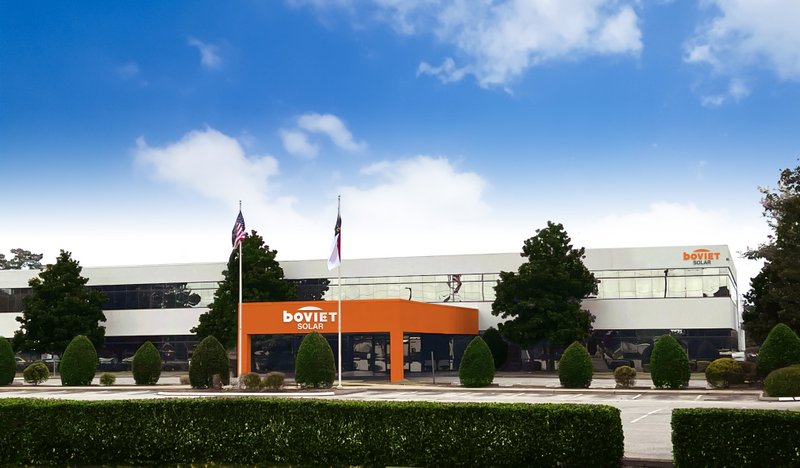
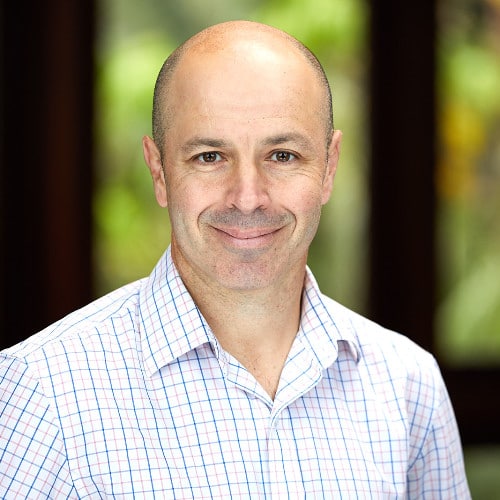

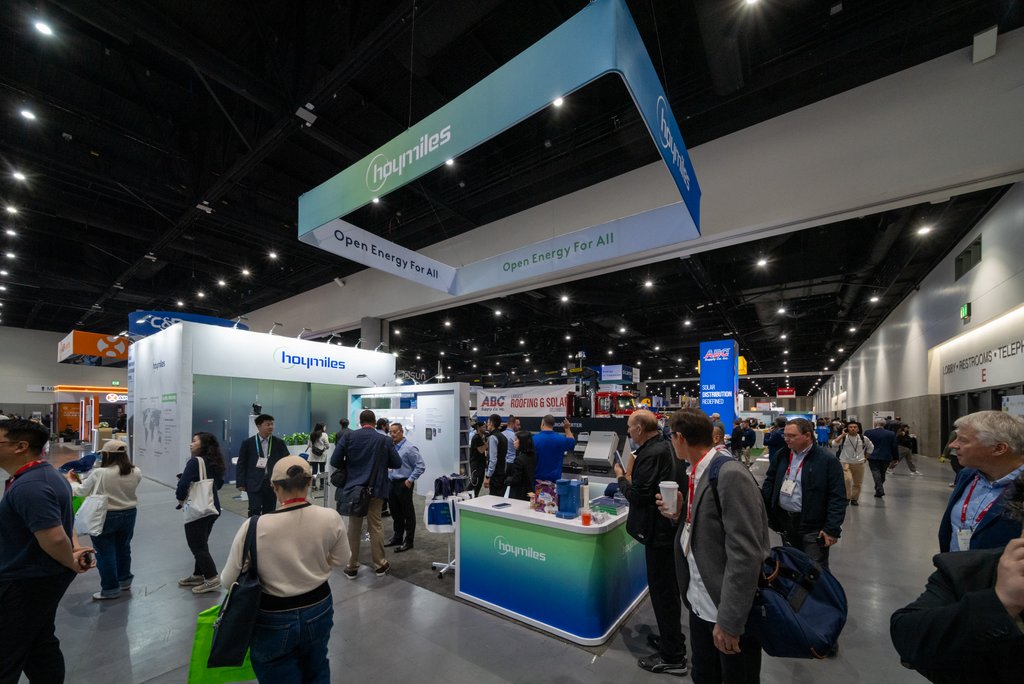
Comments are closed here.